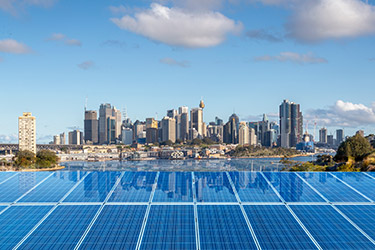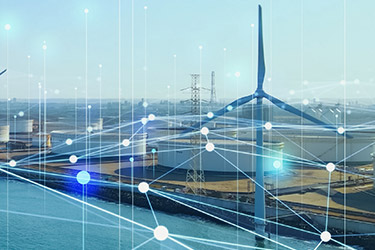5 energy sector macro trends and what they mean for your business
Paul Moore, Published: July 27, 2018 - Updated: September 27, 2023 (7 min read)
Australia’s energy market -- the network of poles and wires that supply Australia with electricity -- is undergoing massive disruption and volatility.
In the past few years we’ve seen the closure of coal-fired power stations, gas market uncertainty, a state-wide blackout and record level electricity price increases. Meanwhile the National Energy Market struggles to keep its transition network reliable as more renewable energy comes online to replace aging coal fired power stations.
The resulting uncertainty around grid reliability and utility prices has raised the stakes for Australian businesses. If BHP’s $100 million loss from the South Australian statewide blackout is anything to go by, guaranteeing energy reliability is fundamental to staying in business today.
We’ve observed considerable change in the market as a result of these macro energy trends. So we’ve outlined these trends and how businesses are responding below…
Trend 1: Fossil fuels are on the decline, Australia’s energy mix is in ‘transition’…
Fossil fuel generation is predicted to drop from 180,000 gigawatt hours (GWh) in 2018 to just under 50,000 GWh in 2030. Renewables including wind, solar, biomass and geothermal are steadily taking their place:
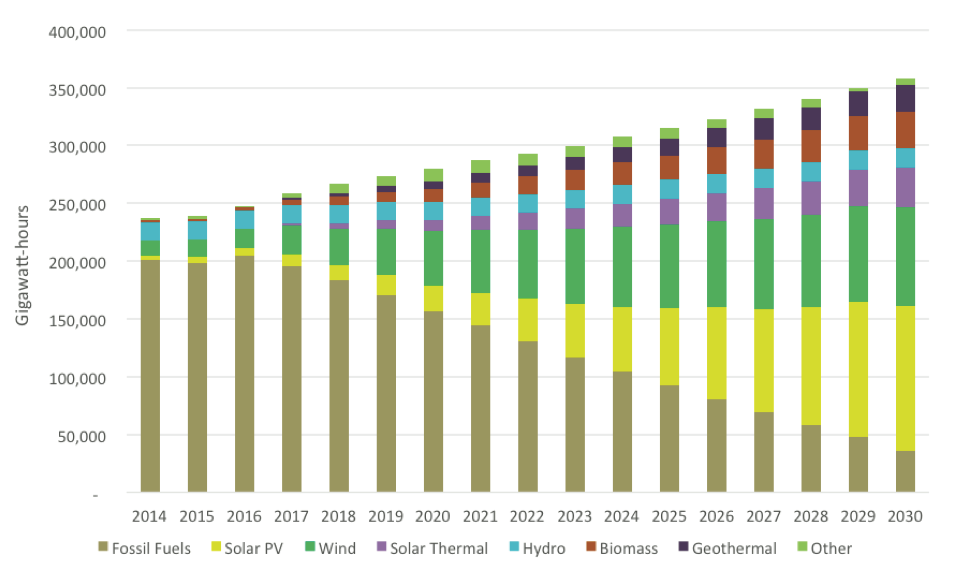
The decline in fossil fuel will be filled with a mix of energy generation technologies. Source: RenewEconomy
This video from the Australian Market Energy Operator explains the state of the energy transition in Australia:
Trend 2: This energy transition is exposing businesses to risk
This shift from a one-way power system (fossil) to a ‘multi-directional energy network’ (mixed), means regulators must build and maintain a transmission and distribution network that can handle large loads of intermittent power and ensure the balance between supply and demand - known as Frequency Controlled Ancillary Services.
This is leaving the grid open to more disturbances as it transitions.
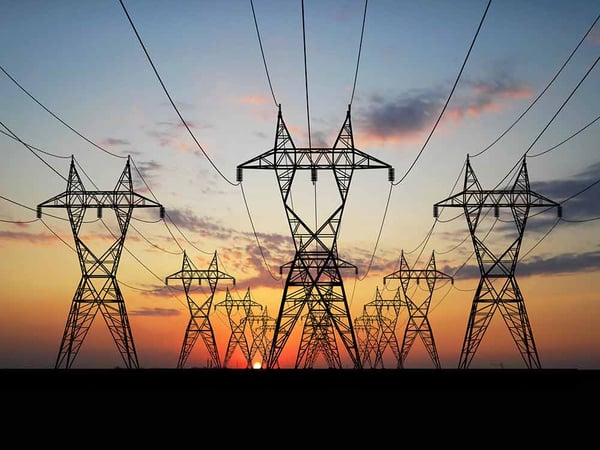
The business risk is real: the average cost of an unplanned power outage is calculated to be about $8851 per minute. And outages cost more than dollars and cents: it means wasted salaries, lost productivity and revenue, remedial costs, and even damages or penalties.
But there is good news.
Industrial operators and commercial businesses have an opportunity to mitigate this risk by investing in smarter ways of securing their own reliable energy supply. We’re already seeing this shift in the market, with Bloomberg forecasting that 25 gigawatts of customer-owned energy resources will come online by 2050.
This is roughly enough energy to power the whole of Australia now!
Plus the onset of storage technologies is improving network intermittency… but the real opportunity for business lies in Trend 3:
Trend 3: Big businesses are taking ownership of their own energy generation…

Image: Wikimedia commons
Companies are realising it is possible to manage their own energy security (and in the process take strain off the grid), with behind-the-meter power generation paired with smart distributed energy resource (DER) systems.
Sanjeev Gupta’s Whyalla Steelworks will be entirely powered by a solar-pumped hydro battery storage facility and an 80MW solar farm. Sun Metals Corporation will power one third of its zinc refinery near Townsville with a new 124W solar facility. And, SA Water plans to be completely energy neutral by 2020, part of which involves behind-the-meter (on-site) solar PV installations at three of its highest energy consuming wastewater treatment plants.
“Locating generation behind-the-meter will improve our resilience to grid interruptions, significantly reduce our network charges and isolate our business from electricity market price volatility, in both the short and long-term,” SA Water Chief Executive Roch Cheroux said about their initiative.
…and these energy management solutions are taking many forms:
- Behind-the-meter solar PV: onsite solar generated energy to help supplement energy needsDistributed Energy Resources (DER): a mix of renewable sources, diesel back-up generators and/or battery storage
with control system to effectively generate, control and manage energy supply on-site at all times - Microgrids: a step above DER, microgrids can operate both on and off the grid if needed, and guarantee energy reliability
- Backup power generators to protect against outages
- Power purchase agreements: rather than owning onsite renewable energy assets, global giants such as Google, Amazon and Facebook are opting to sign power purchase agreements with renewable companies who ‘lease back’ the generated electricity from constructed solar, and/or bio fuel farms.
- Smart energy management methods: for example, only using energy when it is most available in the day or cheapest on the market using data integration and automation. Which leads us into trend 4… Industry 4.0
Trend 4: Industry 4.0 is transforming the way we use energy
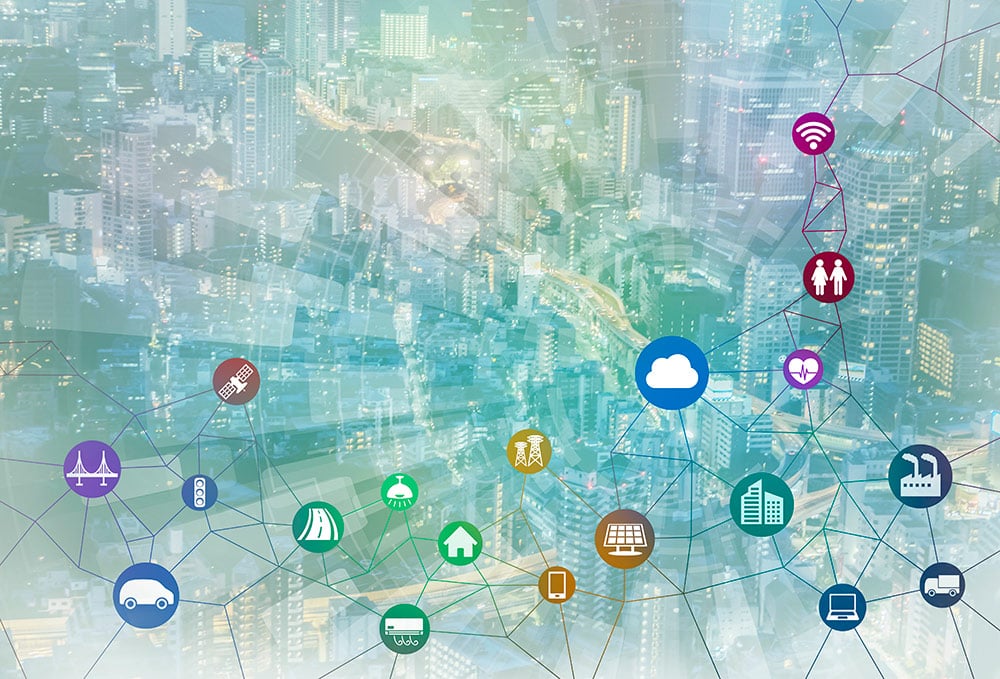
There's a big role for Industry 4.0 in energy efficiency.
Energy solutions like those we’ve outlined all rely on smart control systems can accept and act on data in real time – which this is where Industry 4.0 enablers like the Internet of Things (IoT) come into play.
Smart energy systems need to be able to listen to sensor data at the process level and external information such as weather reports, spot price and scheduled/forecast demand then make decisions about which energy supply to draw on at what time of the day.
Now, SAGE is delivering control systems that learn how the plant works, identify energy usage for independent processes through sub-metering, and then work out the most efficient way to run the plant's applications according to the energy mix available.
More and more we’re seeing open source software, cloud based services like Amazon Web Services and commercial off-the-shelf devices applied to solve these energy problems for the industrial sector and utilities.
How can business and the market benefit?
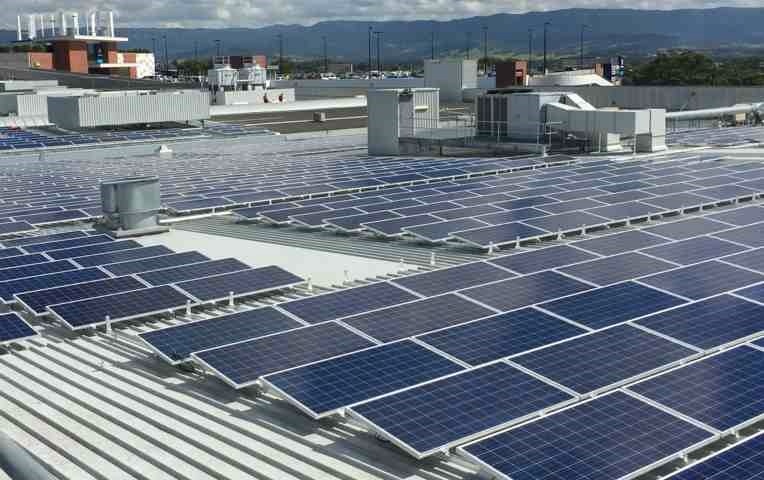
The combination of improvements to renewable technologies AND the onset of Industry 4.0 enablers is changing the way our energy markets operate.
We’re seeing a shift from a centralised grid, where energy is the regulators’ responsibility, to a distributed grid, where energy supply is shared with individual operators – ultimately to their, and the market’s benefit.
As smart energy management systems for businesses and utilities are refined, we’ll see increased grid reliability and throughput, AND decreased energy costs for businesses through more efficient use of energy where it counts.
The transition is happening now, and businesses have an opportunity to reduce their risk, secure energy reliability and reduce their operating costs going forward.
Explore more: our free guide to managing industrial energy costs explores the energy market and current technologies that are giving heavy energy users saving opportunities. The guide covers: What energy challenges are big businesses facing?, Energy Management & Measurement, Making financial savings through improved energy efficiency, Distributed Energy Resources and Industry 4.0 Enhancements.
Download your free copy today: The graphical guide to managing industrial energy costs [with renewables and Industry 4.0]
